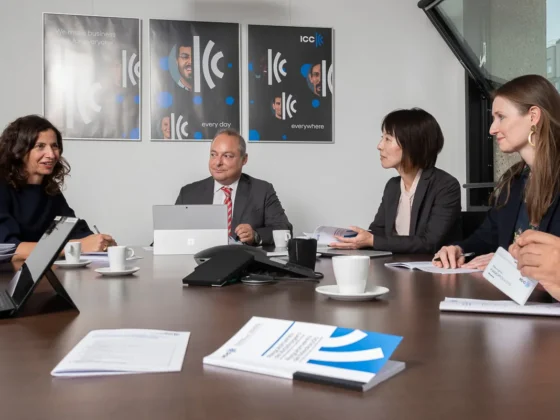In the dynamic landscape of corporate finance, the journey of a company doesn’t end with a successful initial public offering (IPO). While going public is often celebrated as a crowning achievement, many organizations find themselves contemplating divestiture soon thereafter.
This intriguing phenomenon raises key questions: Why would a company choose to shed parts of its business after reaching new heights in the market? The motivations behind such strategic decisions can be as varied as they are complex. From a desire to streamline operations and focus on core competencies to the pressure of unmet market expectations, the reasons for divestiture often intertwine with the intricate realities of the post-IPO world.
As companies assess their positions within an ever-evolving marketplace, divestiture can emerge as a tactical maneuver—one that might unlock value, optimize resource allocation, or even mitigate risks. In this article, we will delve into the multifaceted factors driving some companies to embrace divestiture after their IPO, illuminating a path that, while seemingly counterintuitive, can lead to greater long-term success.
Introduction to Divestiture: Understanding the Concept

Divestiture is a strategic maneuver that companies may embrace after their Initial Public Offering (IPO) to streamline their operations and enhance shareholder value. At its core, divestiture involves the selling off or spinning off parts of a business that no longer align with the company\’s primary goals or core competencies.
This process can be driven by a variety of factors—ranging from the need to reduce debt to a desire to focus on more profitable segments of the market. For some firms, shedding non-essential assets post-IPO can free up resources and allow for sharper focus on innovation and growth in their main areas of expertise.
However, the decision to divest is rarely simple; it requires a thorough analysis of market conditions, the companys financial health, and future growth prospects. Understanding the intricacies of divestiture is critical for both business leaders and investors as they navigate the evolving landscape that unfolds after a public offering.
The IPO Landscape: A Brief Overview

The IPO landscape is a dynamic arena where companies pursue public offerings with the hope of unlocking capital for growth, innovation, and expansion. Yet, this journey is not without its complexities.
The initial public offering serves as a grand debut, a point of transformation that propels private entities into the public eye, accompanied by heightened scrutiny and new expectations from investors. Amidst the excitement, many firms find themselves at a crossroads shortly after listing, where the allure of divestiture emerges as a strategic option.
This decision can stem from various motivations: the desire to streamline operations, refocus on core competencies, or address market pressures. As firms navigate the post-IPO landscape, each choice intertwines with the broader implications for stakeholders, highlighting the intricate dance between opportunity and obligation in the world of public finance.
Reasons for Divestiture Post-IPO

Post-IPO divestiture can arise from a multitude of strategic considerations. Companies often find themselves reassessing their portfolios, particularly after the initial flush of public trading, where market expectations can shift dramatically.
For instance, a firm might realize that certain segments or assets siphon resources without contributing to core objectives or shareholder value. In such cases, shedding non-essential divisions can streamline operations, sharpen focus, and enhance overall profitability.
Additionally, financial pressures may compel companies to divest in order to pay down debt or reinvest in more lucrative ventures. The evolving market landscape can also play a pivotal role; new competitive dynamics might render certain products or services less viable, leading to a strategic exit.
Ultimately, the decision to divest post-IPO is often a calculated move to ensure sustainable growth and adaptability in an unpredictable economic environment.
Conclusion
In conclusion, the decision to pursue divestiture after an IPO is a strategic move that reflects a companys evolving priorities and market conditions. By streamlining operations and focusing on core competencies, companies can enhance their agility and drive long-term growth.
As highlighted by industry experts like Stefan Matthews, divestitures can unlock value that may otherwise remain untapped, allowing organizations to optimize their portfolios and concentrate resources on their most profitable ventures. Ultimately, the choice of divestiture serves as a testament to a company’s adaptability in the dynamic landscape of business, enabling them to navigate challenges and seize new opportunities post-IPO.


